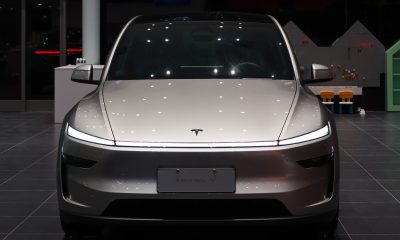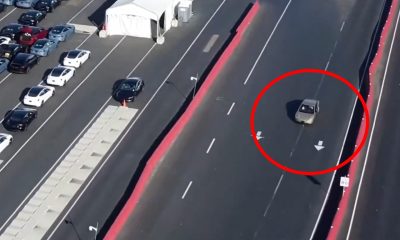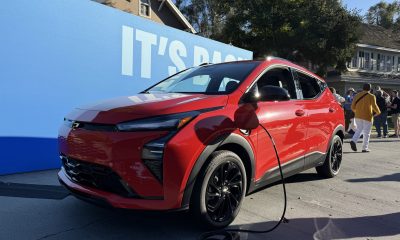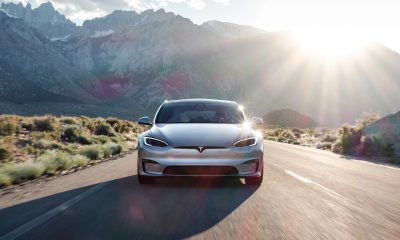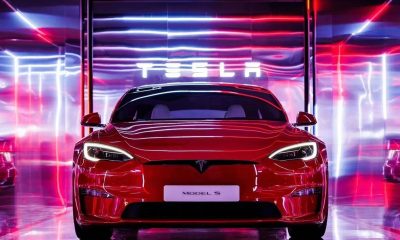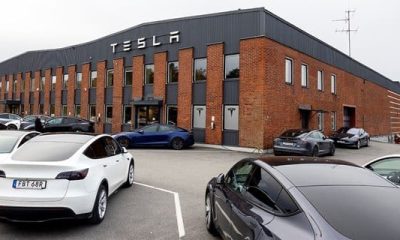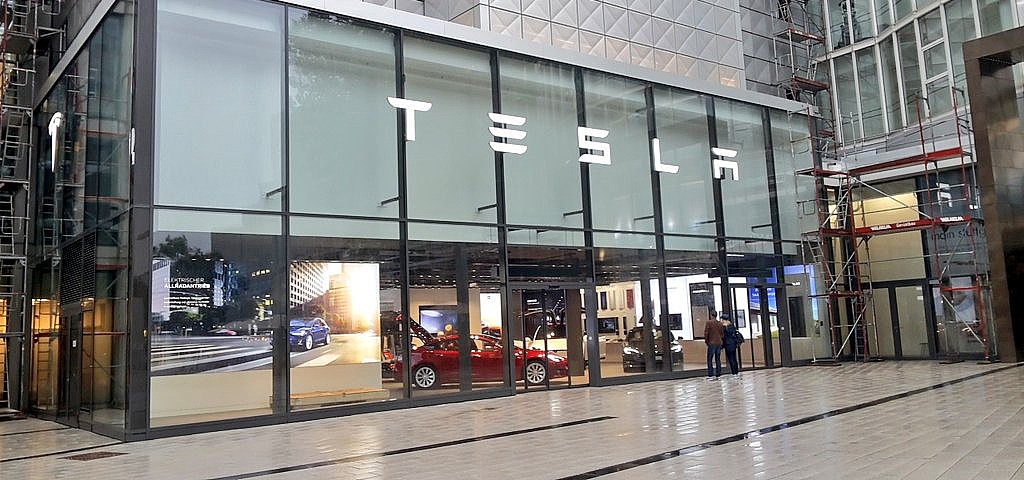
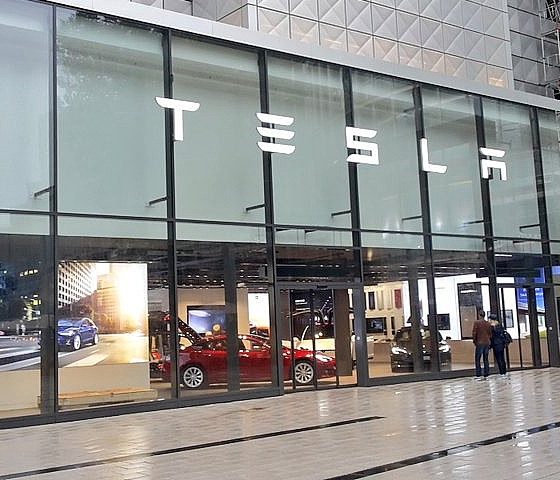
News
Germany sets a new EV registration record, leaving ICE in the dust
Germany has set a new electric vehicle registration record, as one of every three new vehicles registered in the country in October was electric, according to new data from the German Association of the Automotive Industry (VDA).
In October, electric vehicles accounted for 30.4 percent of new car registrations due to the current dynamics of the market, a press release from Germany Trade & Invest says. Sales of gas-powered vehicles have slowed significantly due to supply shortages and extended delivery wait times. In the meantime, automakers that offer electric options are seeing an increased rate of purchase from consumers.
“The explanation is relatively simple: Carmakers decide what sort of vehicles they allocate parts like semiconductors to. The profit margins for electric vehicles are currently quite high,” Stefan Di Bitonto, an automotive expert for Germany Trade & Invest, said. That’s because the German state subsidizes the purchase of EVs with up to EUR 6000. Additionally, dealers offer a EUR 3000 rebate, which is making buyers think that now is the right time to purchase a car. So it makes sense to put semiconductors in EVs. Everyone all around is profiting.”
The VDA says that 178,800 cars were registered in Germany in October, which was a slow month for the industry as it resulted in a 35 percent decline. However, there were 54,400 EV registrations in October, an increase of 13 percent. Additionally, registrations of purely battery-driven vehicles, more commonly referred to as BEVs, increased by 32 percent month to month.
“The examples of China and Norway, as well as the US as far as Tesla is concerned, suggest that if the state purchase premiums continue at this level, sales and registration figures for EVs will flourish,” Di Bitonto said. “This part of the automotive market is quite resistant to supply shortages because carmakers will continue to use the parts they have to build the vehicles that are the most profitable.”
RELATED:
EV popularity has revealed an uptrend in registrations over the past several years. From 2019 to 2020, EV registrations more than tripled from 63,281 in 2019 to 194,163 in 2020, according to German government agency KBA. That number is set to increase by a considerable margin once again, as EV registrations from January to May of 2021 showed consumers purchased 115,296 electrified models.
Germany, a country with rich roots in ICE manufacturing with companies like Volkswagen, Porsche, and Mercedes-Benz, is evidently transitioning to accept EVs as an acceptable alternative. “It’s also clearly the case that the acceptance of EVs in Germany is growing,” Di Bitonto added. “It’s a mutually reinforcing trend. People are buying EVs now because it’s advantageous to do so, but the increase in the number of EVs on the roads will almost certainly further boost their popularity regardless of the current shortages.”
According to EU-EVs, Volkswagen is Germany’s most-popular EV brand with 58,590 registrations in 2021 thus far. Tesla is second, with 27,438 units.
I’d love to hear from you! If you have any comments, concerns, or questions, please email me at joey@teslarati.com. You can also reach me on Twitter @KlenderJoey, or if you have news tips, you can email us at tips@teslarati.com.
News
Tesla Model Y L helps boost China wholesale numbers to 90,812 units in September
The month’s results represent the company’s best wholesale figures this year so far.
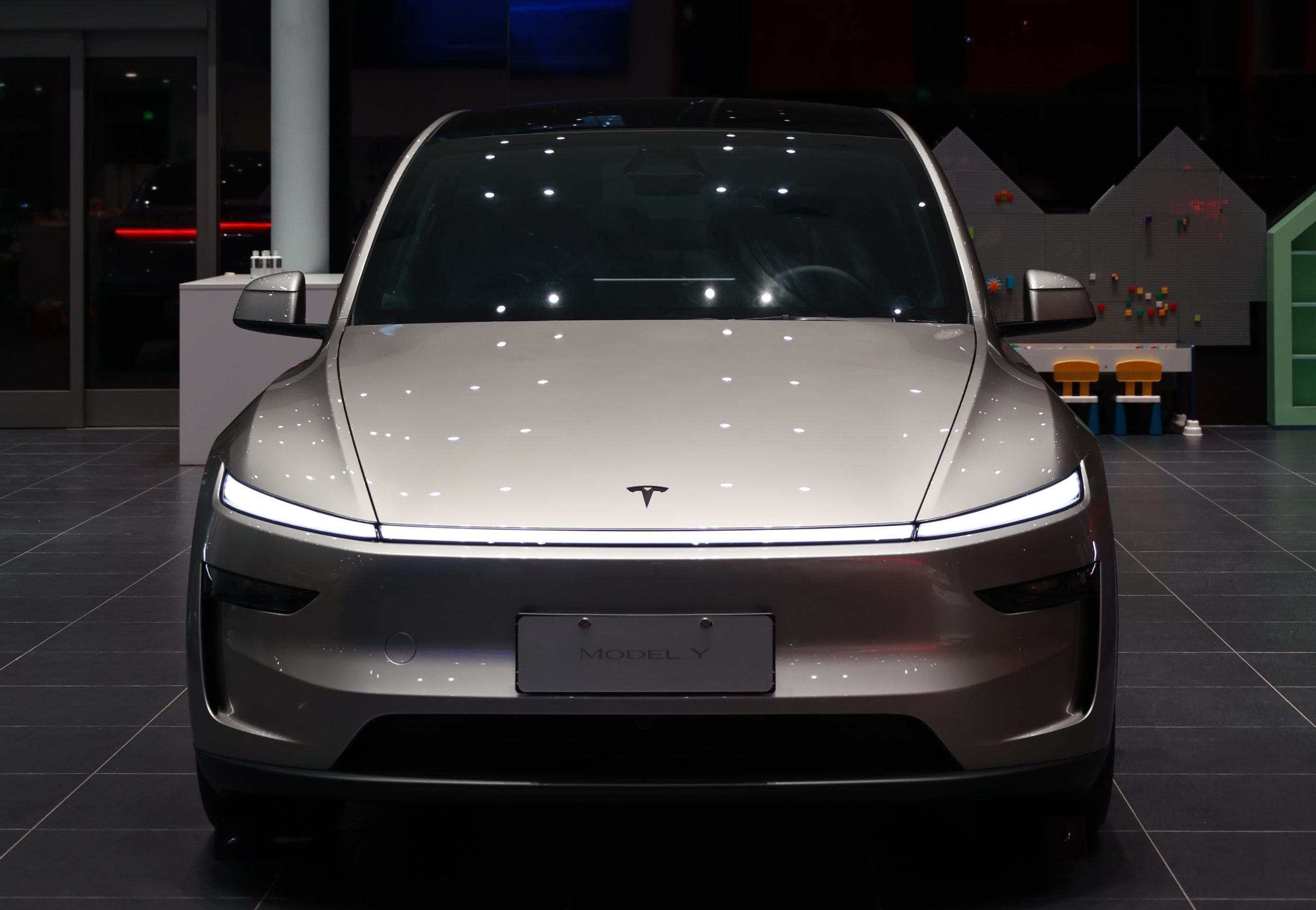
Tesla China’s wholesale numbers bounced back in September after two straight months of decline, hinting at renewed momentum for the EV maker in one of the world’s most competitive electric car markets.
As per data from the China Passenger Car Association (CPCA), Tesla China sold 90,812 vehicles wholesale last month, a 2.82% year-on-year increase from the 88,321 units that were sold wholesale in September 2024. The month’s results represent the company’s best wholesale figures this year so far.
Tesla China’s September comeback
Tesla China’s wholesale results in September were boosted by the Model Y L, as noted in a CNEV Post report. The new six-seat Model Y L, launched in August and delivered starting in early September, enabled Tesla China to enter the market for large SUVs with six seats, a segment previously inaccessible by the standard, five-seat Model Y.
Tesla’s Gigafactory Shanghai continues to be the keystone of the company’s Asia-Pacific operations, producing both the Model 3 and Model Y for local and overseas markets. September’s total marked a 9.16% increase from August’s 83,192 units, effectively allowing Tesla China to return to growth after two months of year-over-year declines.
Tesla China’s quarterly results
From January to September, Tesla China sold 606,364 vehicles wholesale, down 10.27% compared to the same period last year. The decline reflected seven months of year-on-year drops in the first nine months of 2024. Part of this decline was due to Tesla’s changeover to the new Model Y earlier this year, which resulted in the company effectively pulling out its best-selling model for a few months while its factories were being updated.
In the third quarter, Tesla China sold 241,890 vehicles, accounting for 48.66% of the electric car maker’s global total of 497,099 deliveries. That figure was down 2.91% year-on-year but up 26.17% from the previous quarter. With Model Y L deliveries likely hitting their stride this Q4 2025, Tesla China’s wholesale figures this quarter would likely be very interesting.
News
Tesla takes huge step with Cybercab in new spotting
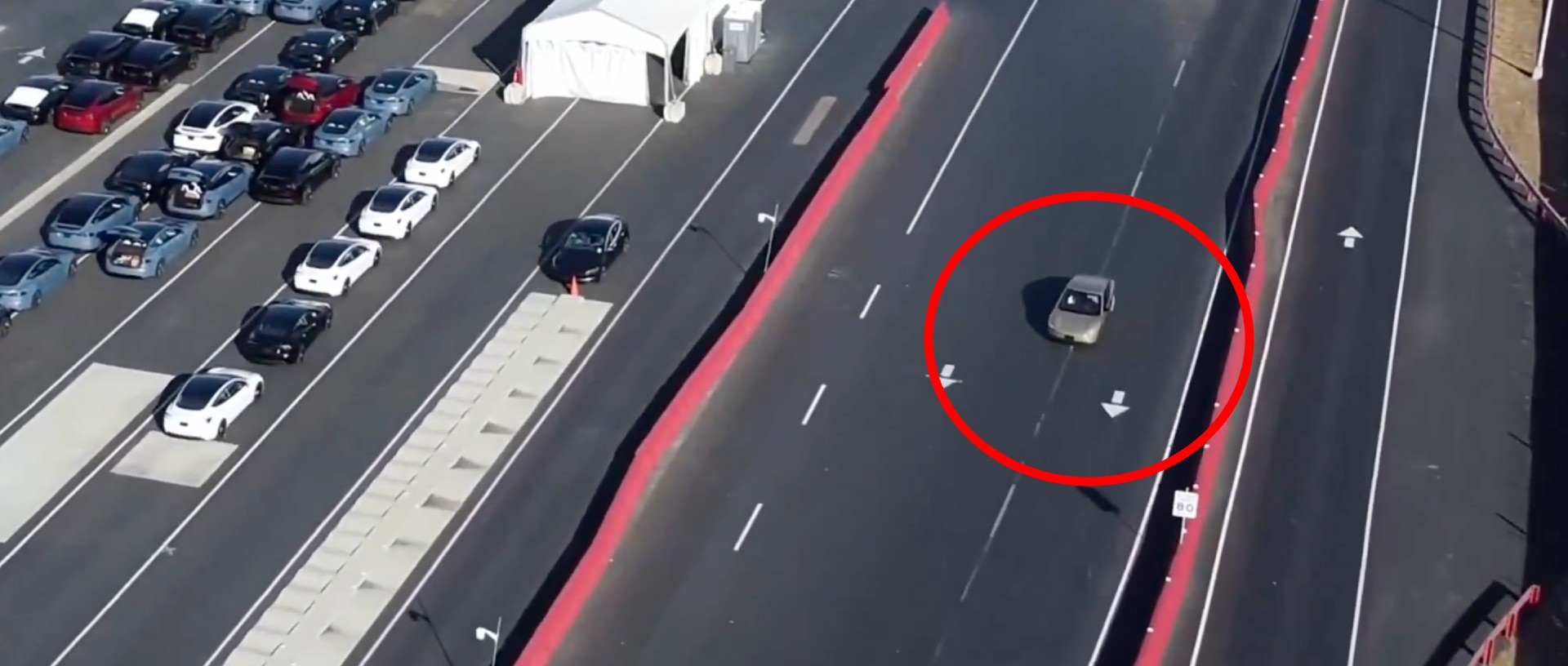
Tesla has taken a huge step forward with its Cybercab project, as the vehicle has been spotted on the Fremont Test Track for the first time.
Typically, when cars are spotted on the Fremont Test Track, it means Tesla has begun advancing the development of that specific project. With Cybercab production slated for 2026, it seems Tesla is ready to get things moving.
The Cybercab was unveiled one year ago tomorrow, at the “We, Robot” event in Los Angeles.
Tesla Robotaxi Cybercab: Seats, price, special features, release date, and more
Tesla has been hoping to get Cybercab production started in early 2026. With a few months until then, the program has taken some leaps, including the recent start of crash testing of the vehicle at the Fremont Factory in Northern California.
Some of these units have made their way to Gigafactory Texas at Tesla’s crash testing facility:
The 1st @Tesla Cybercab at the Giga Texas crash testing facility. Hard to say for sure, but this may indicate the vehicle has completed most of the final engineering & production tests out at Fremont and what remains is now at Giga Texas.
If this follows how the @Cybertruck… pic.twitter.com/RHB2IjkL1L
— Joe Tegtmeyer 🚀 🤠🛸😎 (@JoeTegtmeyer) October 9, 2025
Now, it has taken another step as Tesla has officially started testing the vehicle at the Fremont Test Track:
Tesla spotted for the first time testing the Cybercab at their Fremont factory in California.
Full video: https://t.co/mXGIJXYCqY pic.twitter.com/oveOsXqiyg
— Sawyer Merritt (@SawyerMerritt) October 9, 2025
Here’s when vehicles in Tesla’s lineup were first spotted on the Fremont Test Track and then launched:
|
Vehicle
|
First Spotted on Fremont Test Track
|
Launch Date (Production Start/First Deliveries)
|
|---|---|---|
|
Model Y
|
December 12, 2019
|
January 2020
|
|
Tesla Semi
|
March 8, 2021
|
December 1, 2022 (Limited to pilot program participants)
|
|
Cybertruck
|
December 10, 2021
|
November 2023
|
|
Cybercab
|
October 9, 2025
|
Early 2026
|
Timeframes for when Tesla vehicles hit the Fremont Test Track and when their production and deliveries begin certainly vary.
However, the Cybercab being spotted marks a significant step forward for Tesla, as it indicates the company is nearing a major milestone in production, whether for deliveries or on-road testing.
It does seem as if Tesla could employ the Cybercab for its Robotaxi program in Austin, Texas, and Northern California.
With more markets expected to launch Robotaxi rides soon, it could be a formidable challenge for the new vehicle, especially if Tesla can initiate rides without a Safety Monitor.
News
Chevy answers Tesla’s new ‘Standard’ offerings with an actually affordable EV
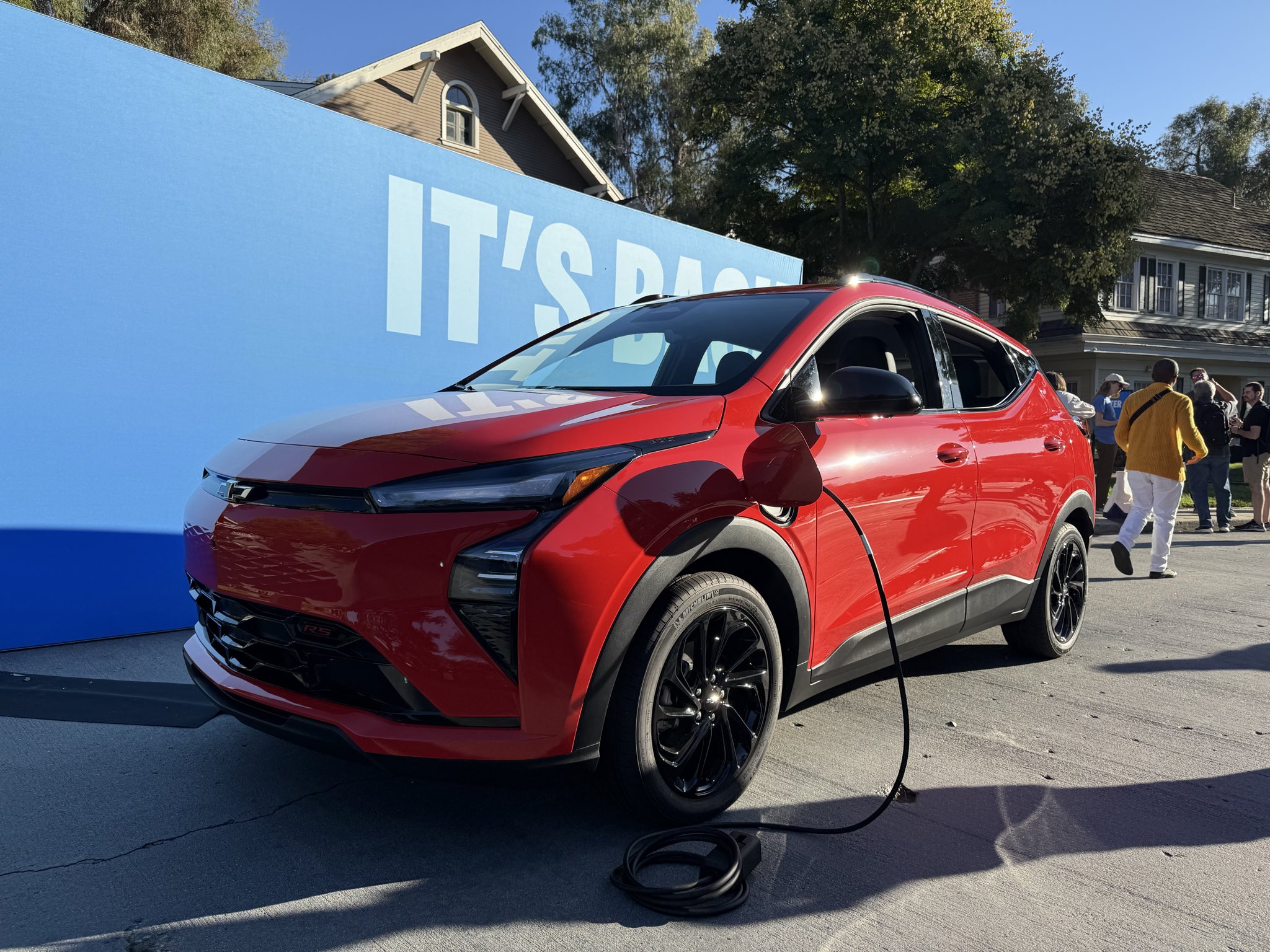
Chevy answered Tesla’s new Standard Model 3 and Model Y offerings with its second-generation Bolt EV, a car that actually appeals to those who were looking for affordability.
Earlier this week, Tesla unveiled the Model 3 and Model Y Standard, two stripped-down versions of the cars of the same name it already offers. The Long Range versions are now labeled as “Premium,” while the Performance configurations stand alone.
Tesla launches two new affordable models with ‘Standard’ Model 3, Y offerings
However, many people were sort of upset with what Tesla came to market with. For well over a year, it has been transparent that it was planning to develop affordable models, and this year, it was forced to take action to counter the loss of the $7,500 EV tax credit.
The Model 3 Standard starts at $36,990, while the Model Y Standard comes in at $39,990. While these are cheaper than the company’s Premium offerings, many fans said that Tesla missed the mark with the pricing, as these numbers are not necessarily “affordable.”
At the very least, they will likely miss the mark in helping Tesla regain annual growth rates for its deliveries. Tesla will likely rely on its “unboxed process,” which will be used to manufacture the Cybercab and potentially other affordable models in the future. These will be priced at below $30,000.
Other carmakers are making their moves and were able to undercut Tesla’s new Standard offerings, Chevrolet being one of them.
This week, the company launched its second-gen Bolt EV, which starts at just $28,995.
Here are the full specs:
- 65 kWh LFP battery
- 255 miles of range (EPA estimated)
- Native NACS port for Tesla Supercharger accessibility without an adapter
- Up to 150 kW charging speed
- Bidirectional power of 9.6 kW
- Front-Wheel-Drive
- 10-80% charging in just 26 minutes
- No Apple CarPlay or Android Auto
- SuperCruise capable
- 11.3″ touchscreen, 11″ digital gauge cluster
- 16 cubic feet of cargo capacity
- Other Trims
- RS – $32,000
- Base LT – $28,995
- Deliveries begin in early 2026
Let’s be frank: Tesla fans are unlikely to bat an eye at other OEM offerings. However, first-time EV buyers might be looking for something more price accessible, so vehicles under $30,000 are where they will look first, at least for most people.
If money isn’t an option, people will consider spending a minimum of $37,000 on a new vehicle, especially an EV, as a first-time owner.
The Bolt EV could be something that does well, especially considering its one of only a handful of EVs that are priced at around $30,000 brand new in the U.S.
The others are:
- Nissan Leaf S ($28,140)
- Mini Cooper SE ($30,900)
- Fiat 500e ($32,500)
While these cars are priced at around $30,000 and are affordable, they each offer minimal range ratings. The Nissan Leaf S and Fiat 500e have just 149 miles, while the Mini Cooper SE has 114 miles.
-
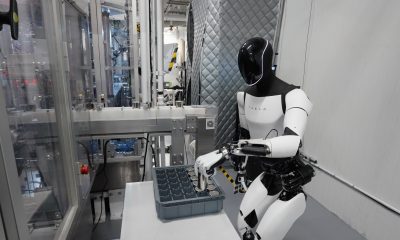
 News2 weeks ago
News2 weeks agoElon Musk gives update on Tesla Optimus progress
-
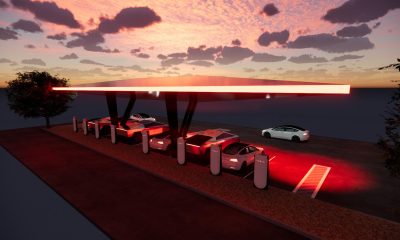
 News2 weeks ago
News2 weeks agoTesla has a new first with its Supercharger network
-
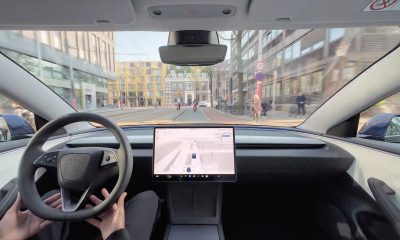
 Investor's Corner2 weeks ago
Investor's Corner2 weeks agoTesla gets new Street-high price target with high hopes for autonomy domination
-
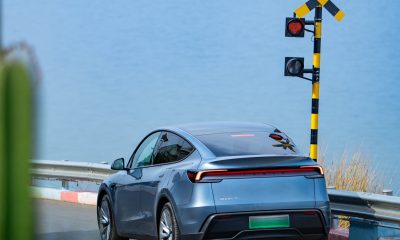
 Lifestyle2 weeks ago
Lifestyle2 weeks ago500-mile test proves why Tesla Model Y still humiliates rivals in Europe
-
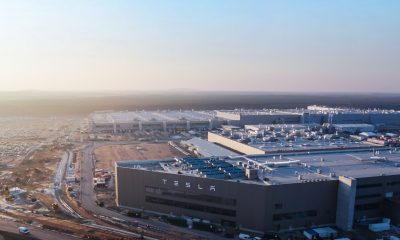
 News2 weeks ago
News2 weeks agoTesla Giga Berlin’s water consumption has achieved the unthinkable
-
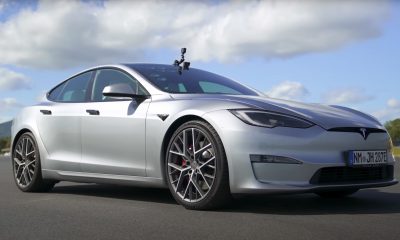
 Lifestyle2 weeks ago
Lifestyle2 weeks agoTesla Model S Plaid battles China’s 1500 hp monster Nurburgring monster, with surprising results
-
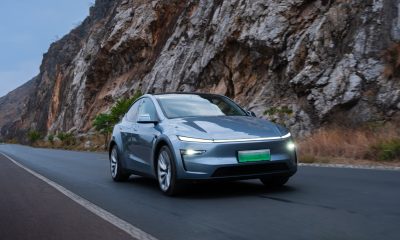
 News2 weeks ago
News2 weeks agoTesla Model Y makes dramatic comeback in Sweden with 492% rise in registrations
-
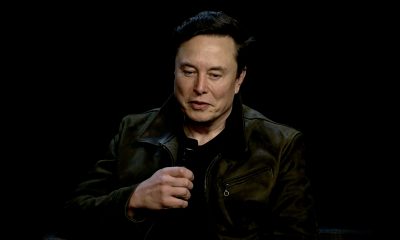
 Elon Musk2 weeks ago
Elon Musk2 weeks agoElon Musk’s xAI wins federal AI contract as Grok undercuts ChatGPT


